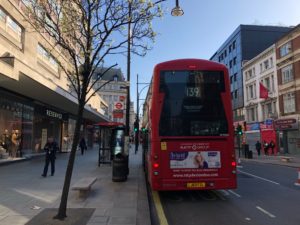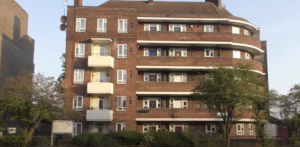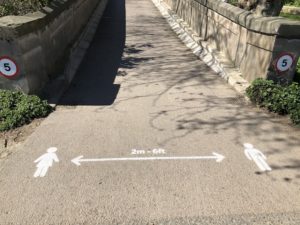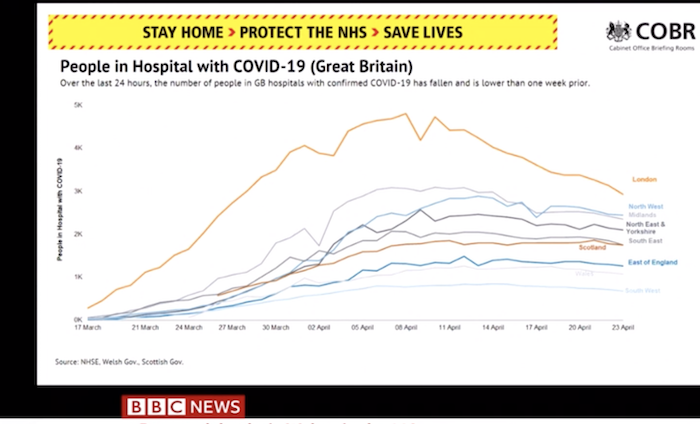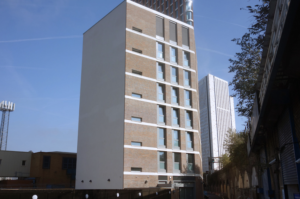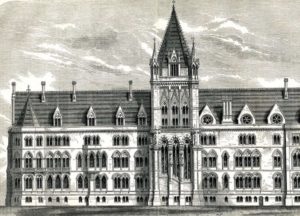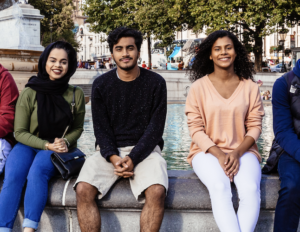Any article about Covid-19 must start with the caveat “at the time of writing”. No statistics or details about its brutal effects are the same two days in a row. Even so, it is clear that a full examination of its impacts on London’s bus drivers is needed. We know that least 29 transport workers in London have died from Covid-19, of which 23 were bus drivers or bus workers. The final figure will surely be higher. There are 25,000 bus drivers in London, suggesting that the death rate from Covid-19 could be disproportionately hitting this group of workers. We need to know why.
It will take some time to fully understand the varying death rates from Covid-19 among different communities and sections of the workforce. The cry has been made in anger – and righteous anger is no bad thing – that more could have been done to improve bus driver safety and to save lives. Some of that has been directed at the Mayor, yet bus drivers are employed by bus companies rather than by Transport for London, so their actions need to be looked at too. Why is it, for example, that TfL has, rather than their employers, has been bulk-purchasing hand sanitiser for bus drivers’ use?
It may be that recent measures to improve the safety of bus drivers – and passengers – should have been introduced more quickly, and it could be that further measures will be needed, including issuing drivers with personal protective equipment. But if we are to make permanent progress, we must examine all the evidence and not just assume that every Covid-19 death has been caused by interactions between drivers and passengers.
Specific factors about drivers’ working lives outside buses themselves could be contributing to their susceptibility. Conditions at bus depots need to be examined. Incredibly, only now are we finally ensuring that drivers have access to toilets and hand washing facilities on all bus routes. We also need to explore why many bus drivers have, in the past, felt the need to come into work even when feeling unwell. The fact that many of them travel long distances each day before beginning their shifts should also be considered. Many simply can’t afford to live closer to their depots. Why are they so poorly paid?
For too long the bus industry has been allowed to treat its employees in ways that would not be acceptable in other industries. From 2009, TfL expected the London Living Wage to be paid to all staff working on the London bus network, and began including this condition in its contracts with the bus companies. But eight years later it was suddenly ‘”discovered” that these terms were not being applied to trainee drivers.
That eight years of non-compliance also says a great deal about TfL’s historic light touch when it comes to the terms of contracts with bus companies. The theory that moves by senior bus industry figures into to senior TfL management positions has created too cosy a regulatory relationship should not be quickly dismissed.
Thankfully, fatigue among bus drivers – a widespread problem that can put drivers and other road-users at risk – is now starting to be taken seriously, following powerful evidence collected by Loughborough University transport safety research group, funded by TfL. Yet senior bus industry figures must surely have been aware of this problem for years. The only other possible explanation is ignorance of it. Neither is attractive.
More recently the Mayor announced a package of support to improve job retention in the bus industry, involving payments of up to £1,600. But surely it is the bus companies that should be addressing low levels of pay. The Labour Party has a record of highlighting the high bus company profits. So why is a Labour Mayor using taxpayers’ money to improve their employees wages?
We need to know why so many bus drivers have recently died in London from Covid-19. We also need to ensure that every safety policy is being properly enforced on every bus and at every depot. If we are really concerned about the safety of bus drivers we need to look at the bigger picture – starting with the bus companies.
Caroline Pidgeon is a Liberal Democrat London Assembly Member. Follow her on Twitter.
OnLondon.co.uk is doing all it can to keep providing the best possible coverage of London during the coronavirus crisis. It now depends more than ever on donations from readers. Individual sums or regular monthly contributions are very welcome indeed. Click here to donate via Donorbox or contact davehillonlondon@gmail.com. Thank you.

